

Fewer side effects, and improved chances of healing: the goal of precision medicine is to provide patients with the most individualized treatment possible. This requires a precise understanding of what is happening at the cellular level. For the first time, researchers at the Technical University of Munich (TUM) have now succeeded in mapping the interactions of 144 active substances with around 8,000 proteins. The results could help to identify previously unknown potential benefits of existing drugs.
Almost every medication either affects, produces, or eliminates proteins—or is a protein itself. However, there have never been satisfactory answers to these questions regarding what happens at different times during drug action, what happens at high or low dosages, and whether the drug causes the cell to produce new proteins or inhibits the production of others. Now, these interactions have been revealed thanks to the team’s use of the decryptE method.
Many outcomes in a brief amount of time
In order to achieve this, the scientists exposed cells to 144 active compounds in different doses for a duration of eighteen hours. The majority of the medications are either undergoing clinical approval or are currently being used to treat cancer. After being extracted, the proteins were analyzed with mass spectrometry. The team then used the data to study the cell reactions. This yielded more than one million dose-response curves showing the mechanisms behind the effects of the active substances over the course of treatment.
Bernhard Küster, professor of proteomics and bioanalytics at the TUM School of Life Sciences, Nicola Berner, Stephan Eckert, and a team of researchers coordinated at the TUM Chair of Proteomics and Bioanalytics have now published the results in the journal Nature Biotechnology. The data is accessible to the worldwide research community in the ProteomicsDB database and the associated app.
The researchers hope that the results will also shed light on previously unknown effects of commonly used drugs. Experiments are typically designed to study a well-defined question and, ideally, to produce an answer. In contrast, decryptE records everything that happens and generates massive amounts of data that researchers can now analyze with digital methods and in terms of various questions. This is why the team was able to make this discovery without having to look for it.
“Many drugs can do more than we think. A familiar example is Aspirin. Its effectiveness as a painkiller was well established. But observations showed that the effective ingredient, acetylsalicylic acid (ASA), also has a blood thinning effect. Nowadays it is routinely given to patients who suffer a stroke or heart attack. We believe that many widely used drugs will also have effects of which we are still unaware. One of the goals of our research is to systematically seek them out without having to wait for such accidental discoveries.”- Bernhard Küster, Professor, Proteomics and Bioanalytics, School of Life Sciences, Technical University of Munich (TUM)
For more information: Decrypting the molecular basis of cellular drug phenotypes by dose-resolved expression proteomics, Nature Biotechnology, https://doi.org/10.1038/s41587-024-02218-y
more recommended stories
 Caffeine and SIDS: A New Prevention Theory
Caffeine and SIDS: A New Prevention TheoryFor the first time in decades,.
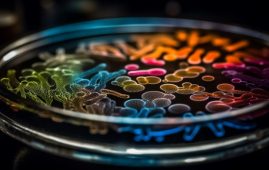 Microbial Metabolites Reveal Health Insights
Microbial Metabolites Reveal Health InsightsThe human body is not just.
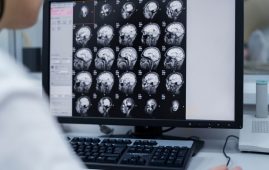 Reelin and Cocaine Addiction: A Breakthrough Study
Reelin and Cocaine Addiction: A Breakthrough StudyA groundbreaking study from the University.
 Preeclampsia and Stroke Risk: Long-Term Effects
Preeclampsia and Stroke Risk: Long-Term EffectsPreeclampsia (PE) – a hypertensive disorder.
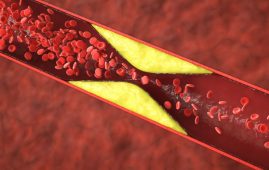 Statins and Depression: No Added Benefit
Statins and Depression: No Added BenefitWhat Are Statins Used For? Statins.
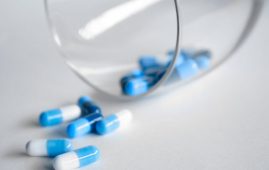 Azithromycin Resistance Rises After Mass Treatment
Azithromycin Resistance Rises After Mass TreatmentMass drug administration (MDA) of azithromycin.
 Generative AI in Health Campaigns: A Game-Changer
Generative AI in Health Campaigns: A Game-ChangerMass media campaigns have long been.
 Molecular Stress in Aging Neurons Explained
Molecular Stress in Aging Neurons ExplainedAs the population ages, scientists are.
 Higher BMI and Hypothyroidism Risk Study
Higher BMI and Hypothyroidism Risk StudyA major longitudinal study from Canada.
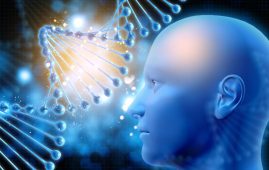 Therapeutic Plasma Exchange Reduces Biological Age
Therapeutic Plasma Exchange Reduces Biological AgeTherapeutic plasma exchange (TPE), especially when.

Leave a Comment